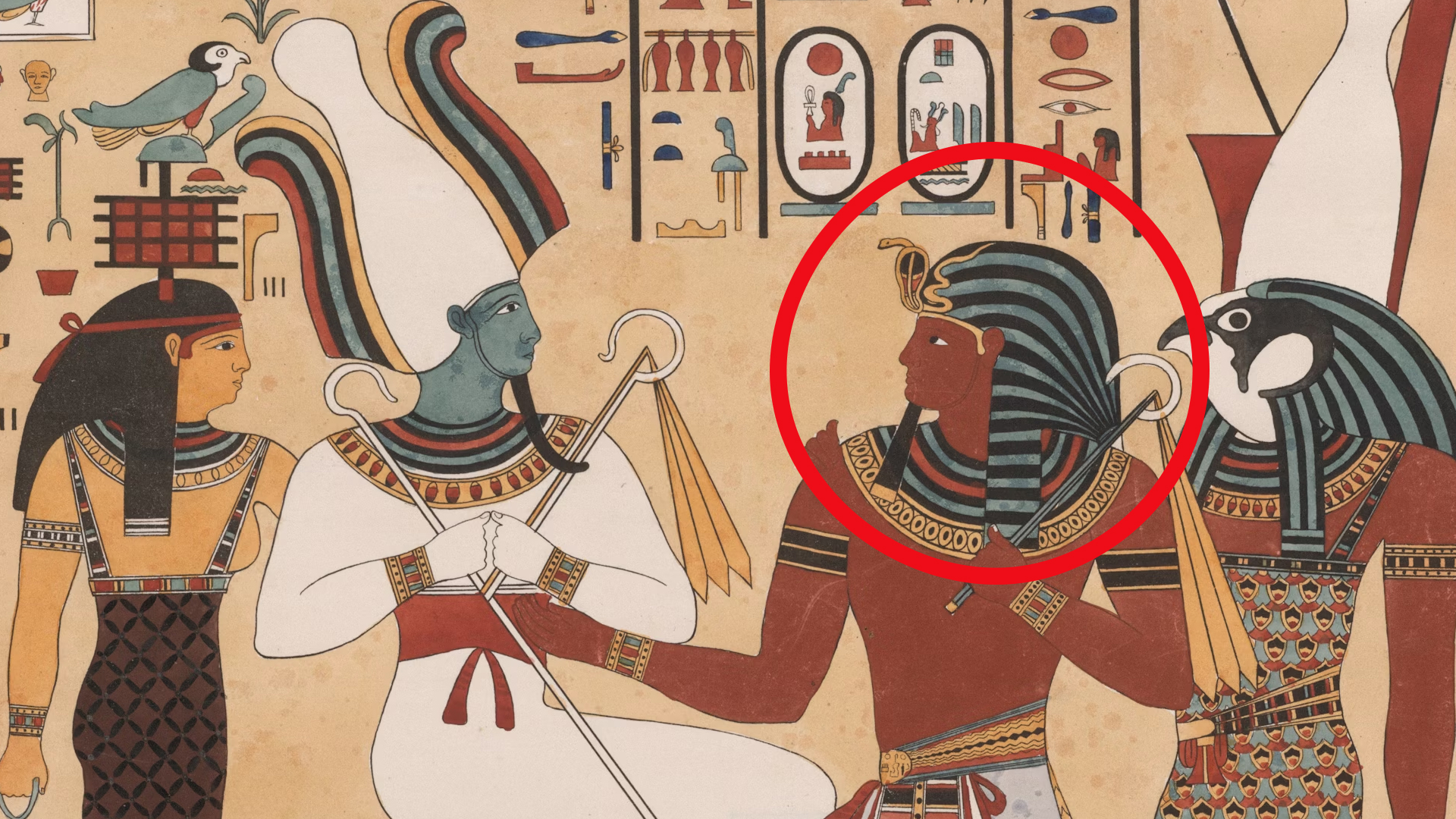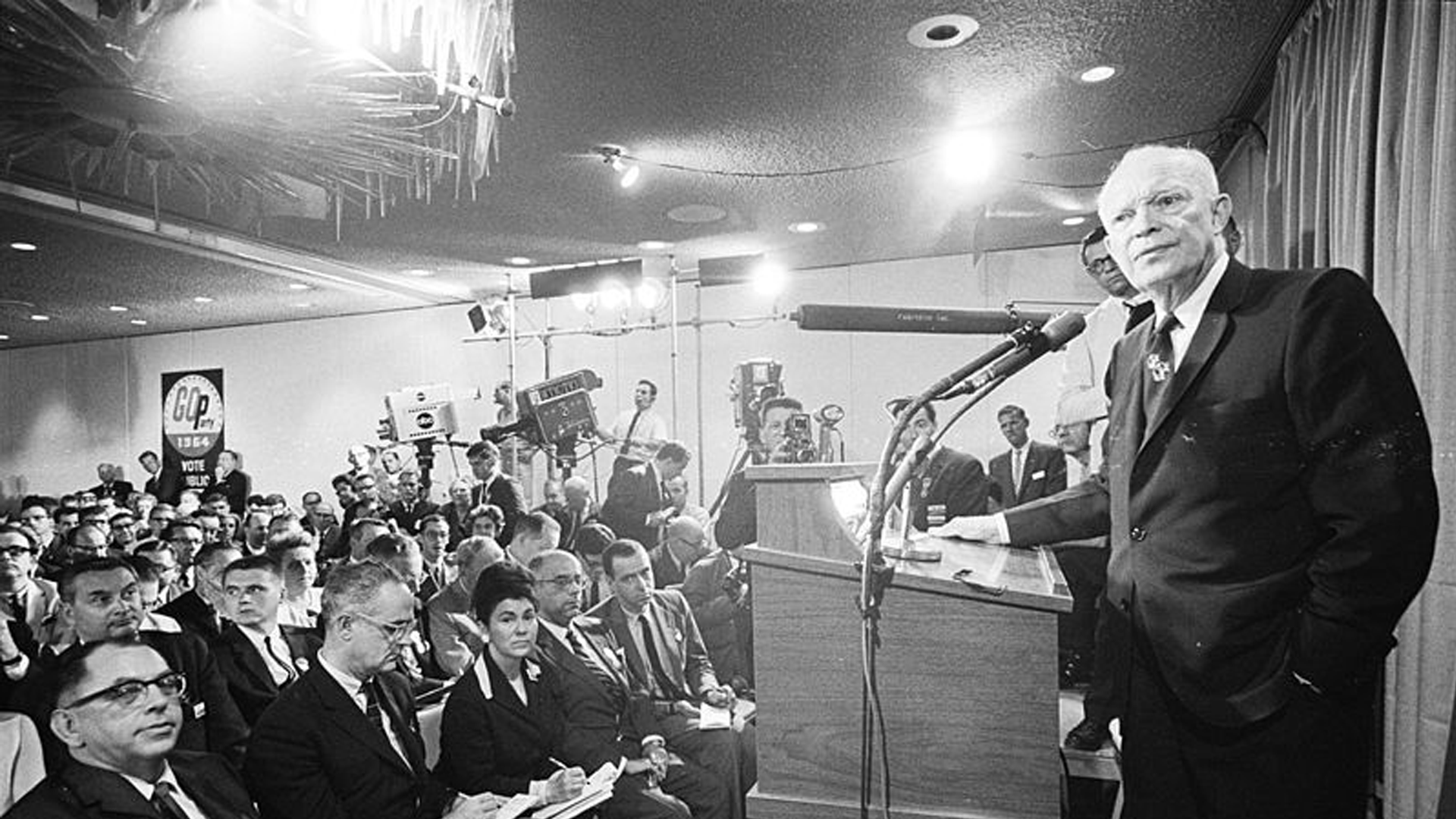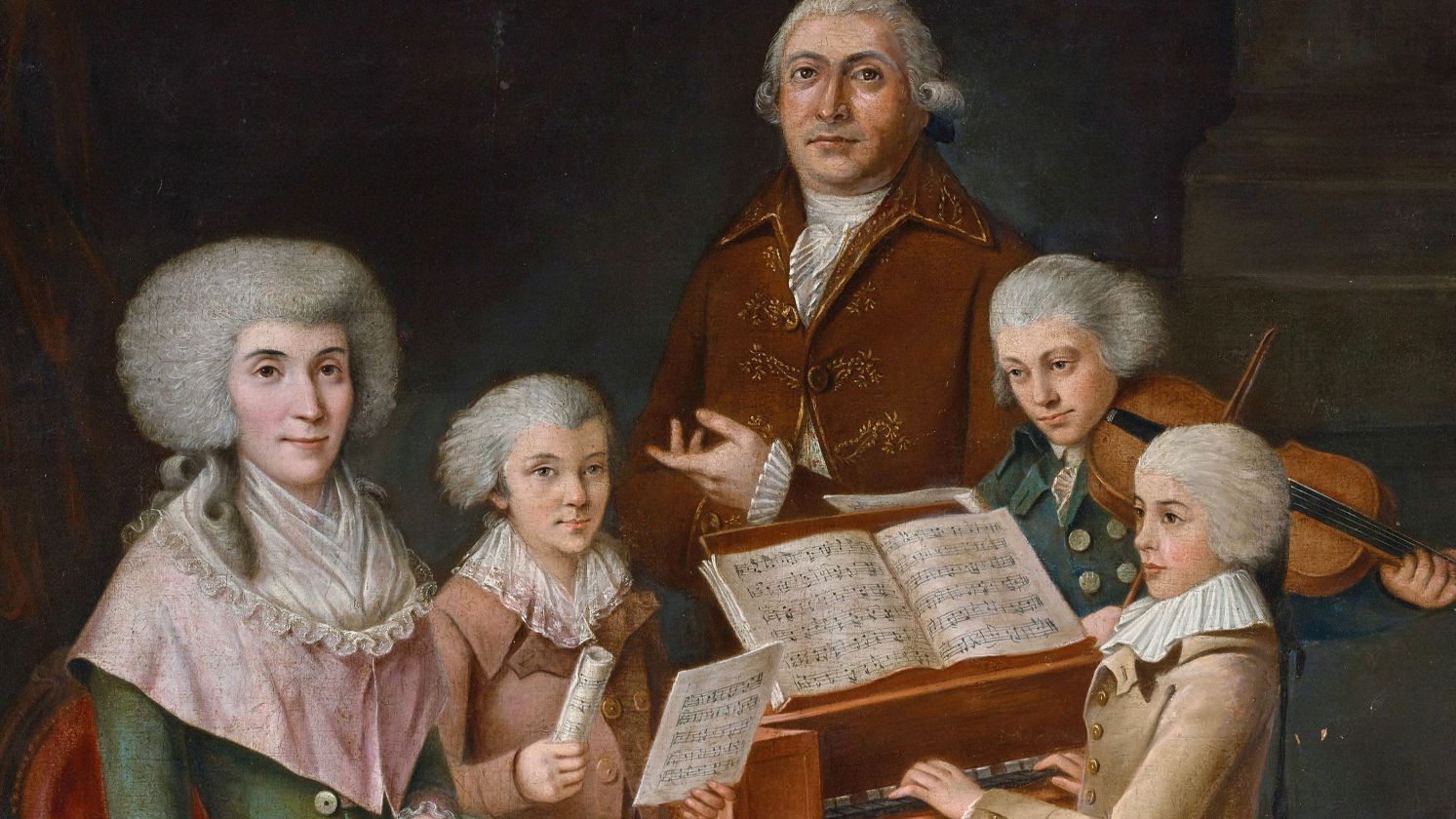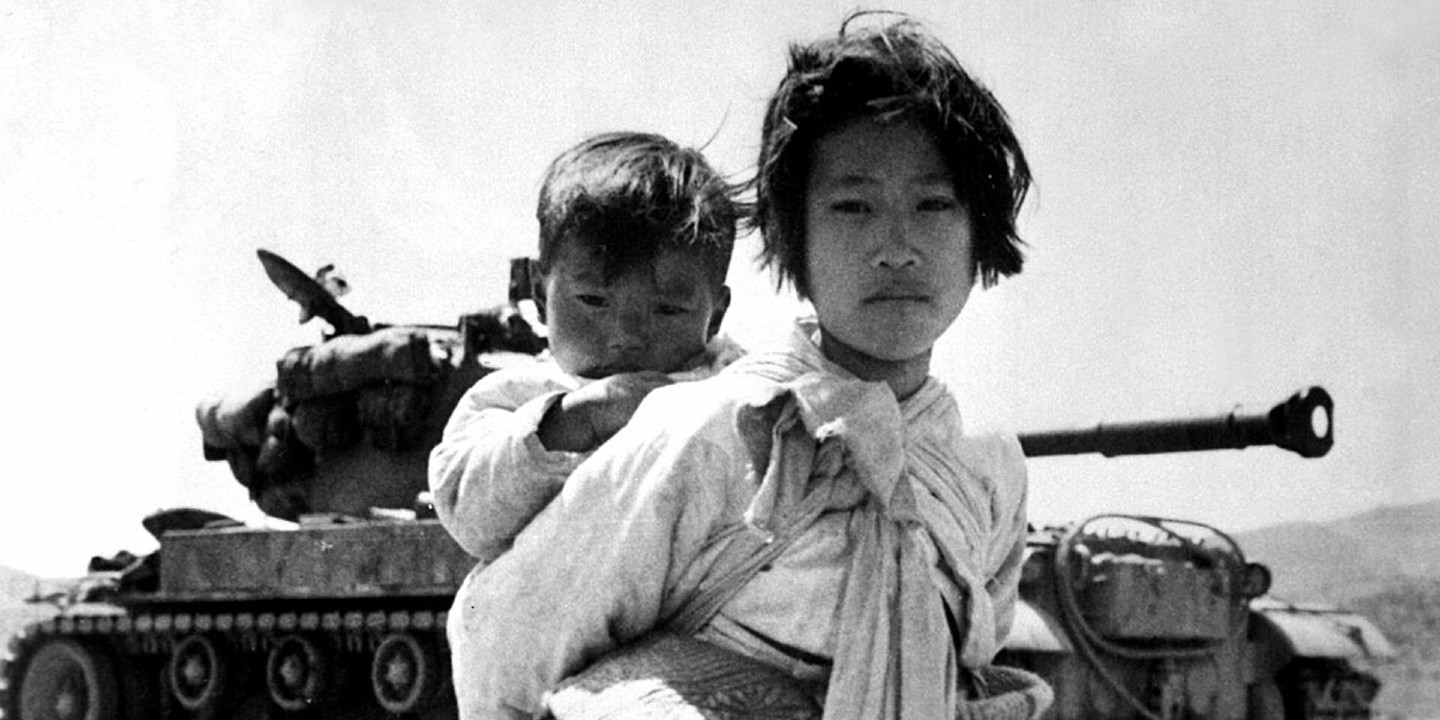Women Who Made History
When we think of WWI, the narratives often focus on the men in the trenches. However, what about the women who played a pivotal role in shaping that history? These women didn’t necessarily stand on the frontlines, but their contributions were just as extraordinary. Here are 20 unforgettable women from WWI whose acts of bravery and compassion deserve to be remembered for generations to come.
 Unknown authorUnknown author on Wikimedia
Unknown authorUnknown author on Wikimedia
1. Edith Cavell
A British nurse who ran a hospital in German-occupied Belgium during WWI, Edith Cavell helped over 200 Allied soldiers escape, risking her life to secure their freedom. In 1915, she was arrested by the Germans and sentenced to death by firing squad.
2. Elsie Inglis
In 1914, as war swept across Europe, this Scottish doctor established the Scottish Women's Hospitals for Foreign Service. She sent fully equipped, all-female medical teams to the front lines in France, Serbia, and Russia, where they provided vital medical care under harsh conditions.
 McLaren, Eva Shaw on Wikimedia
McLaren, Eva Shaw on Wikimedia
3. Mary Macarthur
Mary Macarthur was a driving force behind the labor rights movement for women. A passionate advocate for better working conditions, she played a key role in organizing women in munitions factories. These women (munitionettes) worked tirelessly to produce the supplies that kept the Allied forces fighting.
4. Louise De Bettignies
Known as the "Queen of Spies," Louise de Bettignies led a network of spies in German-occupied France during WWI. Her crucial intelligence work saved thousands of Allied soldiers. Betrayed by a fellow Frenchman, she was captured and passed away in prison in 1918.
5. Elsie Knocker
Elsie Knocker’s name is synonymous with bravery, as she became one of WWI's most celebrated frontline nurses. Alongside her friend Maire Chisholm, she established a medical station at the Belgian front lines, where they provided care for soldiers under the constant threat of enemy fire.
 Unknown authorUnknown author on Wikimedia
Unknown authorUnknown author on Wikimedia
6. Dorothy Lawrence
Dorothy Lawrence's decision to disguise herself as a man and join the British Army was a bold act of defiance. As a journalist, Lawrence wanted to report firsthand on the war, but the military’s restrictions on female correspondents led her to take extreme measures.
 Unknown authorUnknown author on Wikimedia
Unknown authorUnknown author on Wikimedia
7. Emilienne Moreau
Posing as a coal collector, Moreau secretly gathered intelligence for the Allies, feeding details to the Scots 9th Battalion Black Watch. Her intel helped minimize casualties during the city’s liberation. Afterward, Moreau set up a field hospital in her home and even took up arms.
8. Julia Catherine Stimson
Julia made history as the first woman to hold the rank of major in the U.S. Army. She was tasked with overseeing a vast network of over 10,000 nurses. Stimson’s leadership and organizational skills were critical in managing the complex logistics of military healthcare.
 Harris & Ewing, photographer on Wikimedia
Harris & Ewing, photographer on Wikimedia
9. Katharine Furse
As the Director of the Voluntary Aid Detachments (VADs), Furse helped organize and deploy women to the front lines to serve as nurses and clerks. Her leadership ensured that thousands of women could contribute to the war in meaningful ways.
 Glyn Warren Philpot on Wikimedia
Glyn Warren Philpot on Wikimedia
10. Grace Banker
Grace Banker, one of the first female telephone operators in the U.S. Army Signal Corps, managed communications during the war in France. Her work allowed for military coordination. Hence, for her efforts, she received the Distinguished Service Medal.
 The original uploader was AKeen at English Wikipedia. on Wikimedia
The original uploader was AKeen at English Wikipedia. on Wikimedia
11. Flora Sandes
Flora is remembered as the only British woman to officially serve as a soldier in WWI. She initially volunteered as a nurse, but after witnessing the conditions of the frontlines, she joined the Serbian Army in 1916, inspired by the call for volunteers to fight.
 Unknown authorUnknown author on Wikimedia
Unknown authorUnknown author on Wikimedia
12. Mildred Aldrich
Mildred was an American journalist and writer whose vivid accounts of WWI provided a unique perspective from a civilian's viewpoint. Living in France during the war, Aldrich wrote for various publications, offering readers a firsthand look at the daily challenges.
13. Marie Curie
Marie Curie’s work in radioactivity led her to develop mobile X-ray units during WWI, known as “Little Curies.” These units helped diagnose soldiers on the battlefield, saving many lives. Curie’s innovative spirit showed the world how science could directly aid in wartime efforts.
14. Jane Addams
Jane Addams, a social reformer and pacifist, advocated for peace during WWI. As the founder of Hull House, she worked with women’s suffrage organizations. She was also instrumental in creating the Women’s International League for Peace and Freedom.
 Bain News Service, publisher on Wikimedia
Bain News Service, publisher on Wikimedia
15. Maria Bochkareva
Maria Bochkareva was a remarkable and fearless figure in Russian history, known for leading the Russian Battalion of Death. A former peasant woman, Bochkareva’s determination to fight for her country led her to personally seek and receive permission from Tsar Nicholas II to form an all-female combat unit.
16. Lillian Kinkela Keil
Lillian Kinkela Keil served as a nurse during World War I, providing essential medical care to soldiers on the front lines. Her role in the war was critical in tending to the wounded, ensuring that soldiers received the medical attention they needed amidst the conditions of the battlefield.
17. Edith Blake
Edith Blake was the only Australian woman to lose her life in action during WWI. Serving aboard the hospital ship Glenart Castle, which was torpedoed by a German boat in 1918, her sacrifice underscored the significant roles women played in wartime efforts.
 Unknown authorUnknown author on Wikimedia
Unknown authorUnknown author on Wikimedia
18. Olive May Pearce
Olive May Pearce’s involvement in WWI was marked by her courageous role as one of the female ambulance drivers in Australia. She served with the Australian Voluntary Hospital in France, transporting wounded soldiers from the front lines to medical care.
 Northern Territory Government Photographer Collection on Wikimedia
Northern Territory Government Photographer Collection on Wikimedia
19. Evelina Haverfield
In addition to her work for women's suffrage, Haverfield founded the Women's Emergency Corps. It was an organization that mobilized women to provide vital assistance to the war effort, especially in medical and logistical roles.
20. Hertha Ayrton
Imagine being trapped in a gas-filled trench with no way out. It was in this dire situation that Hertha Ayrton applied her expertise in fluid dynamics to design a fan capable of clearing deadly gases like mustard and chlorine. Despite initial rejection by the British War Office, her invention saved countless lives.
 Unknown authorUnknown author,for en:Bain News Service (publisher) on Wikimedia
Unknown authorUnknown author,for en:Bain News Service (publisher) on Wikimedia
KEEP ON READING

The Mysterious "Sea People" Who Collapsed Civilization
3,200 years ago, Bronze Age civilization in the Mediterranean suddenly…
By Robbie Woods Mar 18, 2025
20 Important Names From World War II You Should Know
Key Players From World War II (For Good or Bad).…
By Cathy Liu Nov 7, 2024
The Musical Prodigy: 10 Fascinating Facts About Mozart & 10…
Secrets Behind the Symphony. Wolfgang Amadeus Mozart remains one of…
By Chase Wexler May 5, 2025
20 Ancient Architectural Wonders That Will Boggle Your Mind
Ancient Marvels That Have Withstood the Test of Time. From…
By Christy Chan Feb 12, 2025
Everything You Need To Know About The Korean War
It Shaped More Than Just A Country. The Korean War…
By Emilie Richardson-Dupuis Nov 8, 2024
The 20 Most Iconic Revolutionary Figures & What They Did
These Figures Have A Complicated Legacy. From feminism to communism,…
By Emilie Richardson-Dupuis Feb 12, 2025









